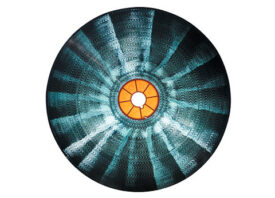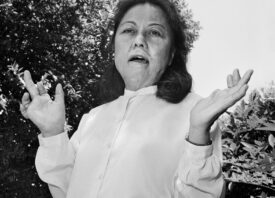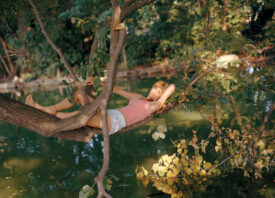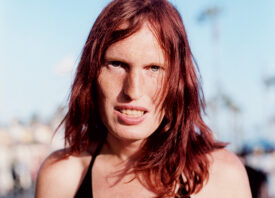Search this site
Sofia Coppola Authors Her First Ever Photo Book


artist and MACK.
While working on the set of The Virgin Suicides, Sofia Coppola “made a point” of wearing a dress. The film community was, in many ways, “a boy’s club,” and the choice was deliberate. “I was determined to still be feminine while directing,” the director writes in her first book, Archive (MACK).
Archive is a book of photography, first and foremost, featuring work by the director as well as her friends and collaborators. For her part, Coppola frequently uses a Contax T3 camera; she also likes Kodak Portra film, a fitting choice since it was first introduced in 1998, at around the same time as she was working on The Virgin Suicides. Her photos from Lost In Translation were printed on the go at a one-hour photo printer in Japan.
From Paris Hilton’s closet to Jennifer Coolidge’s New Orleans home—filming locations for The Bling Ring and The Beguiled, respectively—the book features hidden-treasure moments from throughout Sofia Coppola’s career. We begin in the ’90s with The Virgin Suicides and continue to the present day with Priscilla.
On the set of Somewhere, we see the director’s mother Eleanor doing documentary work behind the scenes; her young daughter Romy also makes an appearance. We learn that the crew on Marie Antoinette was allowed to store their camera equipment in Marie Antoinette’s actual bedroom at Versailles.
Coppola’s oeuvre has deep roots in still photography, and the artist Paul Jasmin was an early teacher of hers. Tina Barney’s work became a reference for the director during The Virgin Suicides; so did Bill Owens’s 1973 photo book Suburbia. Before working on Lost In Translation, Coppola met Hiromix, whose photographs captured the Tokyo “girl culture” that helped to inspire the visual language of the film.
The opening scene of Marie Antoinette was influenced by a Guy Bourdin photo, and a Jo Ann Callis image helped Coppola to create and expand the world of The Beguiled. William Eggleston’s photographs of Graceland became a reference as she created Priscilla (she discovered while working on the film that Eggleston had actually shot the photos for a Graceland brochure).
In conversation with both Vogue and Vanity Fair, Sofia Coppola admits that she once saw the various ephemera she’d collected over the years as “junk.” For a long time, she kept these items tucked away in boxes; she revisited them during the pandemic, when had time to sift through the collection. In truth, these letters, posters, drafts, clippings, and other archival materials offer a singular glimpse into the nostalgic, melancholy, pastel-tinted world of a pioneering director, over decades.
It’s fitting that Archive reads as much (if not more) like a diary as it does a traditional coffee table book. It’s a rare book that will be equally at home in hushed library corridors as in noisy teenage bedrooms, amid half-empty perfume bottles and magazine cutouts. It’s meant to be touched and paged through, not once or twice but many times. Some young and aspiring filmmakers might even make their own highlights and annotations, alongside Coppola’s, daydreaming of the stories they’ll create someday.
Get your copy of Archive here.

artist and MACK.

artist and MACK.

Andrew Durham and MACK.

artist and MACK.



